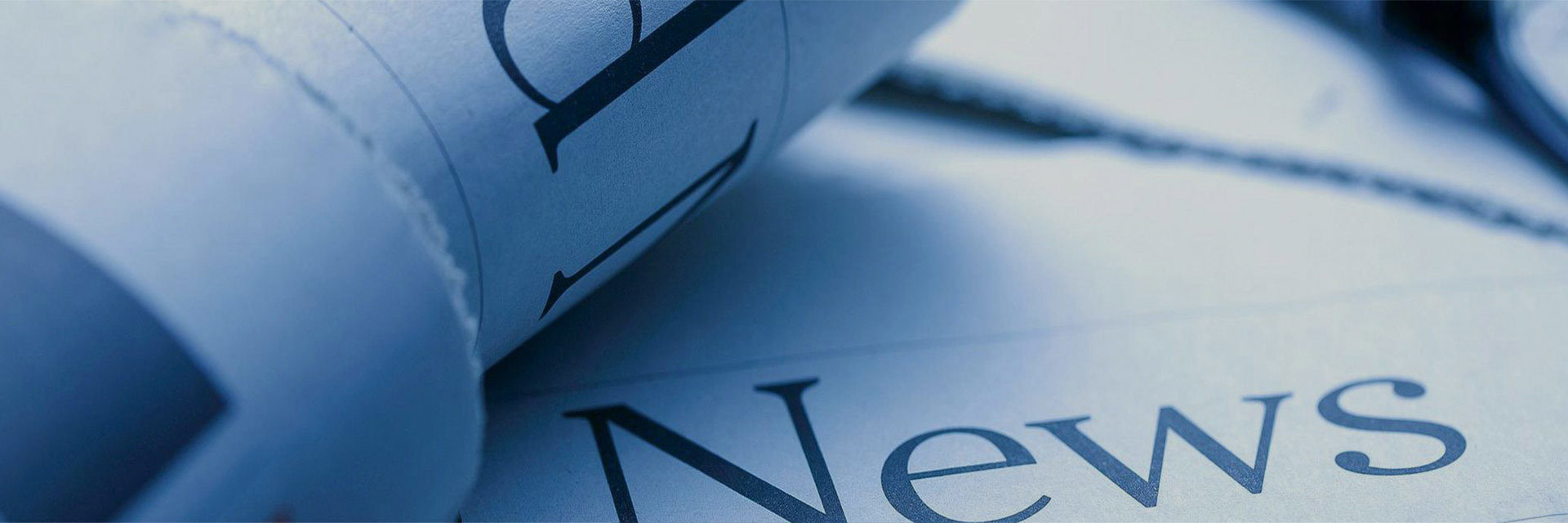The Environmental Impact of Using Rubber Liners in Industry: A Comprehensive Analysis
Release time:
2025-05-23
The Environmental Impact of Using Rubber Liners in Industry Table of Contents 1. Introduction 2. Understanding Rubber Liners 3. Applications of Rubber Liners in Industrial Settings 4. Environmental Impact of Rubber Liners 5. Benefits of Using Rubber Liners 6. Sustainability Challenges in Rubber Liner Production 7. Innovative Solutions for Reducing Environmental Impact 8. Future Ou

The Environmental Impact of Using Rubber Liners in Industry
Table of Contents
- 1. Introduction
- 2. Understanding Rubber Liners
- 3. Applications of Rubber Liners in Industrial Settings
- 4. Environmental Impact of Rubber Liners
- 5. Benefits of Using Rubber Liners
- 6. Sustainability Challenges in Rubber Liner Production
- 7. Innovative Solutions for Reducing Environmental Impact
- 8. Future Outlook for Rubber Liners in Industry
- 9. FAQs
- 10. Conclusion
1. Introduction
The industrial sector is constantly evolving, with a strong focus on enhancing efficiency and minimizing environmental impact. One critical component in this journey is the use of **rubber liners**. These versatile products serve various purposes across multiple industries, but as we leverage their benefits, understanding their environmental footprint becomes increasingly paramount. This article delves into the intricate dynamics of rubber liners, their applications, advantages, environmental challenges, and potential solutions.
2. Understanding Rubber Liners
Rubber liners are protective coverings made from various types of rubber materials, designed to safeguard surfaces from wear and tear, chemical exposure, and extreme temperatures. Used extensively in industries such as mining, petrochemicals, and wastewater treatment, rubber liners serve to enhance equipment longevity, ensuring efficient operations.
The Composition of Rubber Liners
Typically, rubber liners are composed of natural or synthetic rubber, each offering unique properties that cater to specific industrial needs. Natural rubber, derived from latex, is renowned for its elasticity and resilience, making it ideal for applications requiring flexibility. In contrast, synthetic rubber, engineered through polymerization, can be tailored to exhibit specific characteristics like enhanced resistance to chemicals and temperature variations.
3. Applications of Rubber Liners in Industrial Settings
Rubber liners find extensive application across various industrial arenas:
Mining and Mineral Processing
In mining operations, rubber liners provide critical protection for equipment handling abrasive materials. They reduce wear on chutes, hoppers, and other surfaces, significantly extending equipment life.
Wastewater Treatment
In wastewater treatment facilities, rubber liners are employed to line containment areas, preventing leaks and ensuring that hazardous materials do not escape into the environment.
Pulp and Paper Industry
The pulp and paper industry utilizes rubber liners in various processes to protect machinery from corrosive substances and mechanical wear, enhancing operational efficiency.
4. Environmental Impact of Rubber Liners
While rubber liners offer several advantages, their production, use, and disposal can pose environmental challenges.
Production Footprint
The manufacturing process of rubber liners often involves significant energy consumption and emissions of greenhouse gases. Raw materials for synthetic rubber are primarily derived from petrochemicals, contributing to pollution and resource depletion.
Chemical Leaching
When rubber liners are exposed to harsh chemicals, there is a risk of leaching harmful substances into the environment. This can lead to soil and water contamination, posing risks to ecosystems and human health.
End-of-Life Considerations
At the end of their lifespan, rubber liners can contribute to waste management challenges. Unlike some materials that are easily recyclable, rubber can be difficult to process, leading to increased landfill waste.
5. Benefits of Using Rubber Liners
Despite the environmental concerns, rubber liners also offer significant benefits that can contribute to sustainability efforts.
Enhanced Equipment Longevity
By protecting machinery from wear and tear, rubber liners extend the lifespan of industrial equipment. This reduces the need for frequent replacements and the associated environmental impact of manufacturing new parts.
Energy Efficiency
The use of rubber liners can lead to improved energy efficiency as they minimize friction and wear, ultimately reducing the energy required to operate machinery.
Waste Reduction
By preventing leaks and spills, rubber liners help reduce waste generation in industrial processes. This not only conserves resources but also minimizes environmental contamination.
6. Sustainability Challenges in Rubber Liner Production
To harness the benefits of rubber liners while addressing environmental concerns, several sustainability challenges must be tackled.
Raw Material Sourcing
The sourcing of raw materials for rubber production needs to be more responsible. This involves ensuring sustainable practices in rubber cultivation and the production of synthetic alternatives.
Production Processes
The manufacturing processes of rubber liners must be optimized to reduce energy consumption and emissions. Investing in cleaner technologies can help mitigate the environmental impact.
Recycling Initiatives
Developing effective recycling methods for rubber materials is essential. Innovative approaches to repurposing old rubber liners can significantly reduce landfill waste and promote a circular economy.
7. Innovative Solutions for Reducing Environmental Impact
Several innovative solutions have emerged to address the environmental challenges associated with rubber liners.
Biodegradable Alternatives
Research into biodegradable rubber materials is gaining traction. These alternatives can reduce environmental impact by breaking down naturally over time, unlike traditional rubber products.
Closed-Loop Systems
Implementing closed-loop systems in rubber liner production can minimize waste by reusing materials and reducing the need for new resources.
Eco-friendly Manufacturing Techniques
Utilizing eco-friendly manufacturing techniques can significantly lower emissions and energy consumption. This includes the adoption of renewable energy sources and more efficient production methods.
8. Future Outlook for Rubber Liners in Industry
As industries increasingly prioritize sustainability, the future of rubber liners lies in innovation and eco-conscious practices.
Growing Demand for Sustainable Solutions
With the global shift towards sustainability, demand for eco-friendly rubber products is expected to rise. Companies that invest in sustainable practices will likely gain a competitive advantage.
Regulatory Changes
Anticipated regulatory changes regarding environmental standards may further propel the industry towards adopting greener practices in rubber liner production and usage.
Technological Advancements
Advancements in material science and manufacturing technologies will continue to pave the way for more sustainable rubber liners, enhancing their performance while minimizing environmental impact.
9. FAQs
What are rubber liners used for in industry?
Rubber liners are used to protect equipment and surfaces from wear, chemical exposure, and extreme conditions across various industries, including mining, wastewater treatment, and pulp and paper.
Are rubber liners environmentally friendly?
While rubber liners provide benefits like equipment longevity and reduced waste, their environmental impact depends on factors such as production processes, material sourcing, and end-of-life disposal.
How can the environmental impact of rubber liners be reduced?
The environmental impact can be reduced through responsible sourcing, optimizing production processes, developing biodegradable alternatives, and implementing recycling initiatives.
What are the benefits of using rubber liners?
The benefits include enhanced equipment longevity, increased energy efficiency, and waste reduction by preventing leaks and spills during industrial processes.
What innovations are emerging in rubber liner production?
Innovations include biodegradable rubber materials, closed-loop production systems, and the adoption of eco-friendly manufacturing techniques to minimize environmental impact.
10. Conclusion
The use of rubber liners in industry presents a complex interplay between functionality and environmental responsibility. While they play a significant role in enhancing operational efficiency and protecting equipment, their production and disposal raise essential concerns. By prioritizing sustainability through innovative practices, responsible material sourcing, and advancements in recycling technologies, we can harness the benefits of rubber liners while mitigating their environmental impact. As industries continue to evolve, adopting these measures will be essential for a sustainable future.
Key word:
Rubber liners
Next
Recommended



